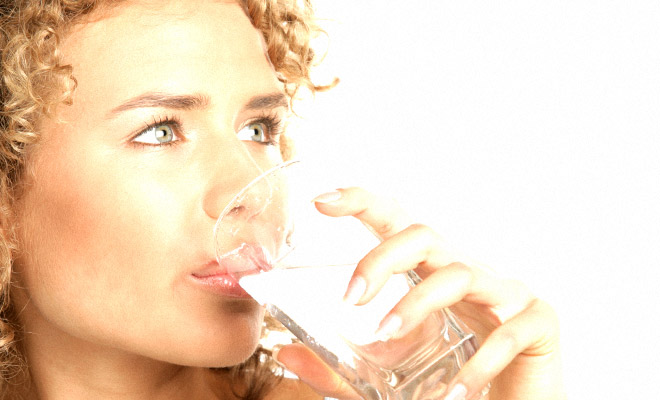Health is on the mind of every Torontonian these days, and we’re assailed with images and information almost everywhere we go. One of the big debates in our City continues to be the purity of the water, with one camp swearing that anything less than bottled water is deadly, while Toronto Water assures us the water is, well – just fine.
This has led to a large number of homeowners considering the option of a whole-house filtration system, fitted professionally by qualified plumbing services. But is that really the solution, or are we just fooling ourselves?
Assessing the Need
The main reason to consider installing a water filtration system is to combat the belief that City-supplied water isn’t pure enough. How true is that really? Well, 13% of household water tests performed in the City between 2008 and 2014 show lead contamination, according to an article in the Toronto Star. That’s not because the water purification process is inadequate, though; it’s mostly because of old pipes that contain lead and that haven’t been replaced.
As far as bacteria are concerned, however, Toronto.ca maintains that the “City takes great pride in ensuring that residents have access to clean, safe and affordable drinking water wherever they may go.”
Pinpointing the Problem
So it appears the biggest problem is not getting the water from the City’s reservoirs to your home, but getting it from the public section of the supply lines into your home. Will the installation of a water filter resolve that, or do you need plumbing services to come and replace your pipes? And which is the most cost-effective option?
Filtering the Solution
There are a number of filtration methods available that can reduce the amount of lead in your drinking water, so it depends on which one you can afford. These include:
- Pitcher filters, which make use of cartridges filled with loose carbon gravel. These are great for filtering larger particles but don’t really do much for lead.
- Faucet-mounted carbon filters: These can be fitted DIY and simply attach to the faucet that delivers your drinking water. They contain a small quantity of carbon so they aren’t all that effective.
- In-line filtration systems, which use carbon filters installed in the cold water supply line. They are usually located beneath the kitchen sink and require professional installation by plumbing services. They treat the cold water only, so warm or hot water will still deliver untreated water. You can add a line bypass filter to the cold water supply line and install a separate faucet for the treated water, while the regular tap delivers untreated water for washing. This helps the carbon filter to last longer.
- Point-of-entry carbon filters: These are the most systems expensive to buy, install and maintain, but they treat all the water that enters your home.
From this, we can conclude that a filtration system can make a difference, but to get the results you want it’s necessary to choose the best quality equipment and have it professionally installed.
Replacing the Pipes
The alternative is to replace your old lead or galvanized pipes with new copper piping, which might be costly but is hardly more expensive than installing the filtration system you need.
There are additional benefits to doing so, too:
- The City’s priority lead water service replacement program enables Toronto Water to upgrade the public section of your water installation at the same time as you do the private one. This minimizes the inconvenience and maximizes the benefits, but you still have to pay for the work in the private section.
- The chance to improve your water pressure through the installation of wider pipes, and
- The increased resale value the water installation upgrade adds to your home.
Unsure about which is the best option for you? Call in a professional plumbing services company with experience in Toronto’s water matters to give you objective advice and some estimated costs.

